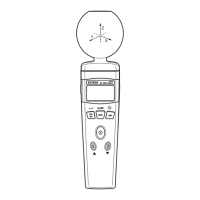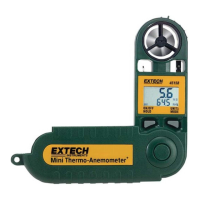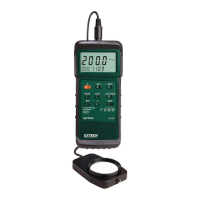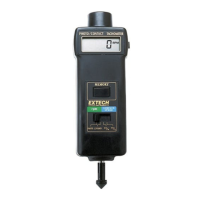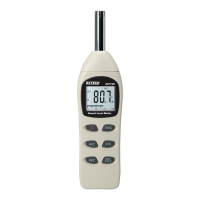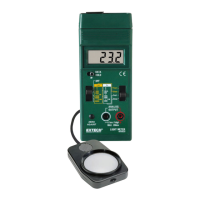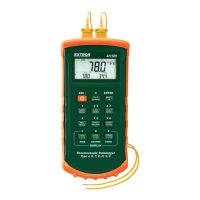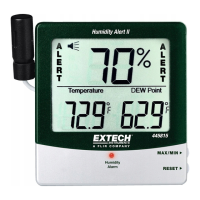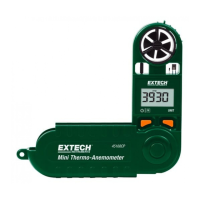480846 V2.3 7/09
3
Introduction
This meter is a broadband device for monitoring high-frequency radiation in the range of
10MHz to 8GHz. The non-directional electric field and high sensitivity also allow
measurements of electric field strength in TEM cells and absorber rooms.
The unit of measurement and the measurement types are expressed in units of electrical
and magnetic field strength and power density.
At high frequencies, the power density is of particular significance. It provides a measure
of the power absorbed by a person exposed to the field. This power level must be kept
as low as possible at high frequencies. The meter can be set to display the
instantaneous value, the maximum value measured or the average value. Instantaneous
and maximum value measurements are useful for orientation, e.g. when first entering an
exposed area.
10MHz to 8 GHz Frequency range.
For isotropic measurements of electromagnetic fields.
Non-directional (isotropic) measurement with three-channel measurement sensor.
High dynamic range due to three-channel digital processing.
Configurable alarm threshold and memory function.
Fundamentals
Electromagnetic Radiation
This meter is used to indicate radiated electromagnetic fields. Wherever there is a
voltage or a current, electric (E) and magnetic (H) fields arise. Examples include the
electromagnetic fields from radio broadcasting and TV transmitters.
Electric Field Strength
This is a field vector quantity that represents the force (F) on an infinitesimal unit
positive test charge (q) at a point divided by that charge. Electric field strength is
expressed in units of volts per meter (V/m).
Use the units of electric field strength for measurements in the following situations:
• In the near-field area of the source.
• Where the nature of the electromagnetic field is unknown.
Magnetic field strength (H) :
This is a field vector that is equal to the magnetic flux density divided by the
permeability of the medium. Magnetic field strength is expressed in units of amperes
per meter (A/m).
Power density (S) :
Power per unit area in the direction of propagation, usually expressed in units of watts
per square meter (W/m2) or, for convenience, units such as milliwatts per square
centimeter (mW/cm2).
The characteristic of electromagnetic fields :
Electromagnetic fields propagate as waves and travel at the speed of light (c). The
wavelength is proportional to the frequency.
λ(wavelength) =
c (speed of light)
f (frequency)
Near-field is assumed if the distance to the field source is less than three
wavelengths. For far-fields, the distance is more than three wavelengths. In the near-
field, the ratio of electric field strength (E) and magnetic field strength (H) is not
constant, so measure each separately. In the far-field, however, it is enough to just
measure one field quantity, and compute the other accordingly.
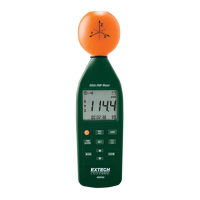
